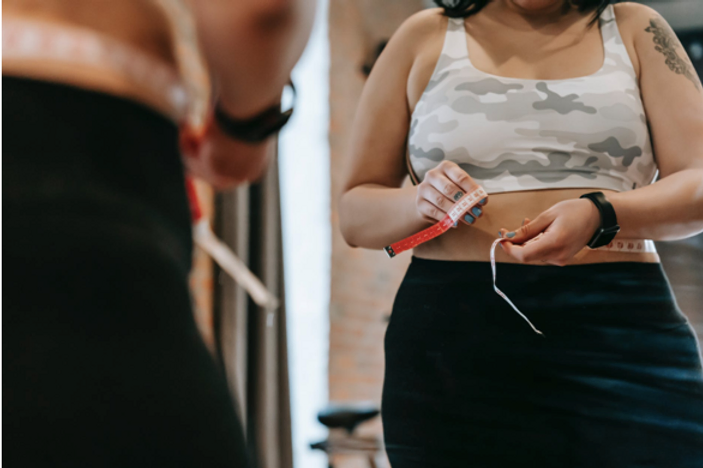“Devil in Disguise”: Did you know Lifestyle factors can cause Cancer!
“No matter what the statistics say, there is always a way”. But the fact is that all stats Globally say, there is a high rise in the number of cases of most non-communicable diseases, especially Cancer is at high risk across ages and continents. It’s …
Nadi Pariksha to find out prognosis of cancer.
Cancer, one of the most challenging and spreading diseases of the 21st century, which has now officially become the most dangerous killer in the world according to the World Health Organization. No one can deny the fact that cancer is related to modernization and an …




